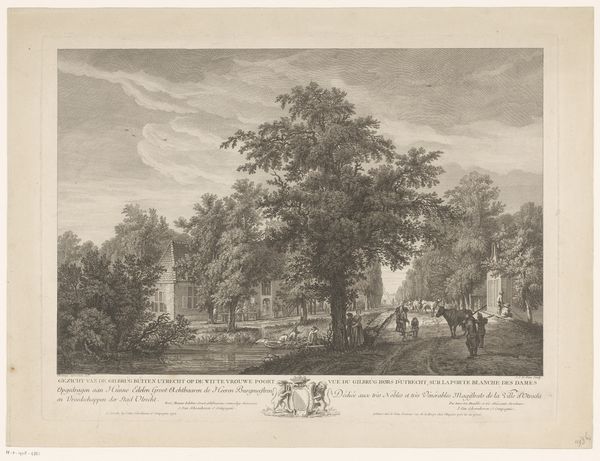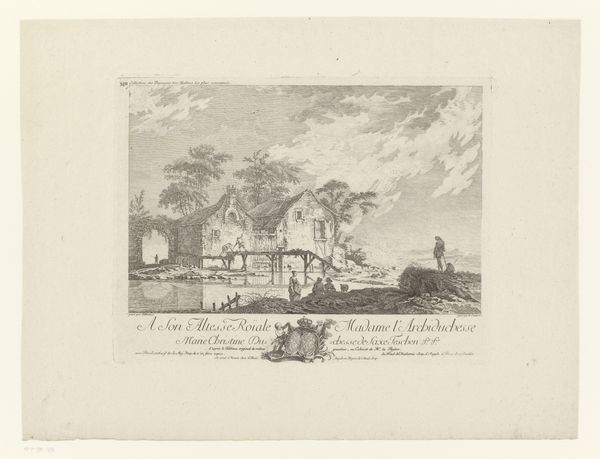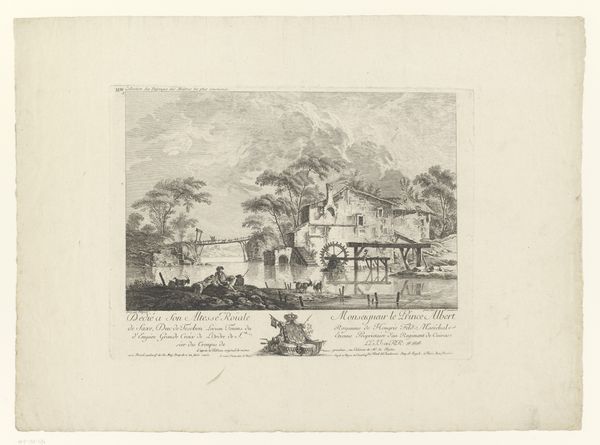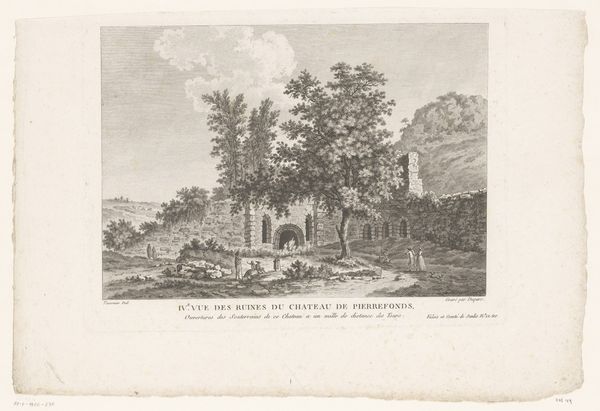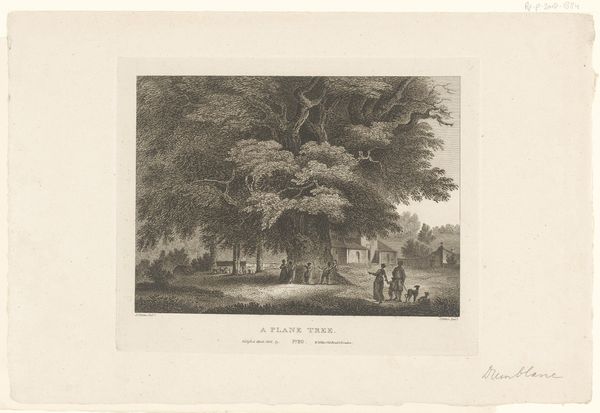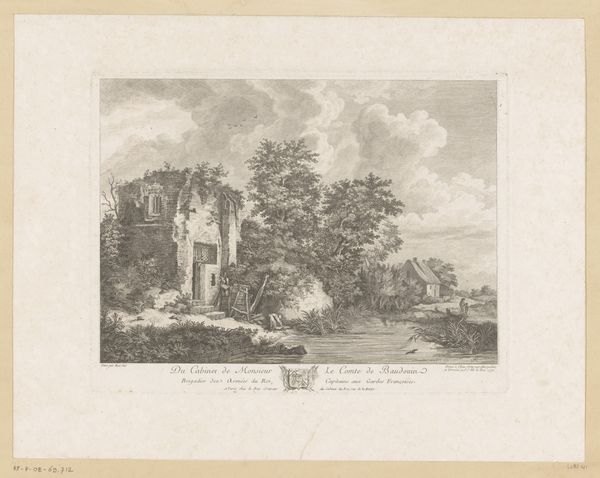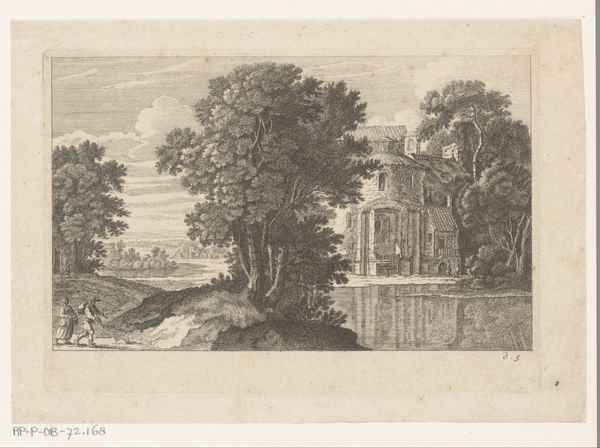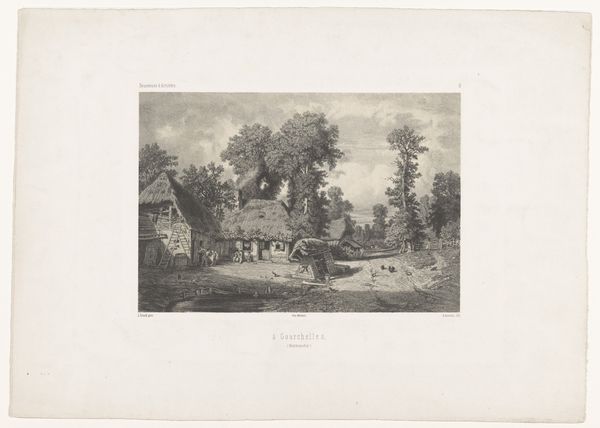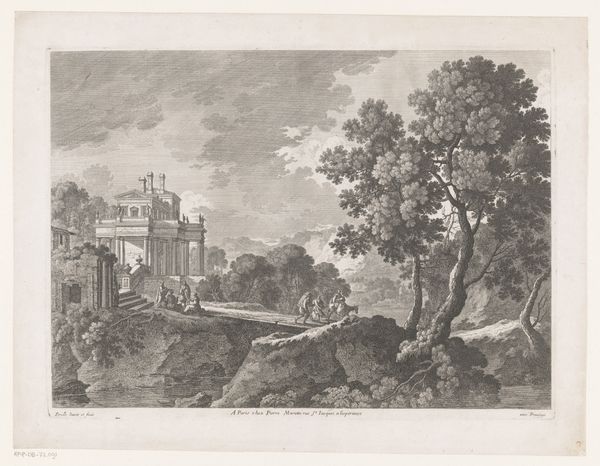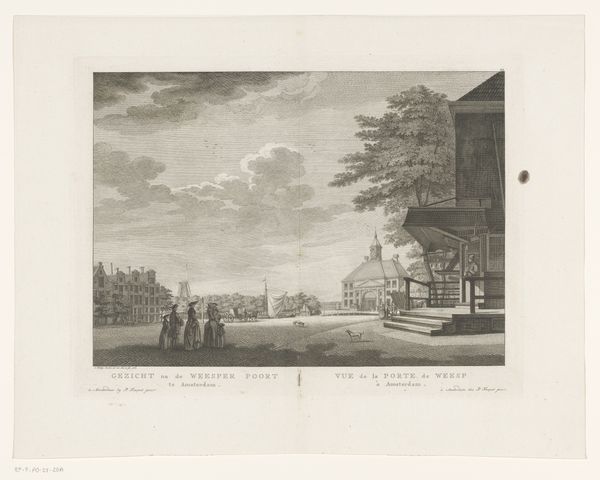
print, engraving
#
neoclacissism
# print
#
landscape
#
engraving
Dimensions: height 226 mm, width 274 mm
Copyright: Rijks Museum: Open Domain
This print of Darnaway Castle was made by James Fittler, and represents a technique that was widespread in his era: engraving. The process begins with a metal plate, usually copper. Using a tool called a burin, the artist carves lines directly into the surface. These incisions hold ink, which is then transferred to paper under pressure. The depth and density of the lines determine the tones and textures of the final image. Look closely, and you'll see the way Fittler has used this technique to render the architecture of the castle, and the surrounding landscape. The labor-intensive nature of engraving meant that prints like these were relatively expensive, and intended for a middle-class audience keen to consume picturesque views. In a sense, the image flattens the imposing presence of the castle. Considering the materials and the making helps us to understand the place of this print in a wider world of labor, politics, and consumption. It also reminds us that even seemingly straightforward images are the product of skilled work and complex social forces.
Comments
No comments
Be the first to comment and join the conversation on the ultimate creative platform.
